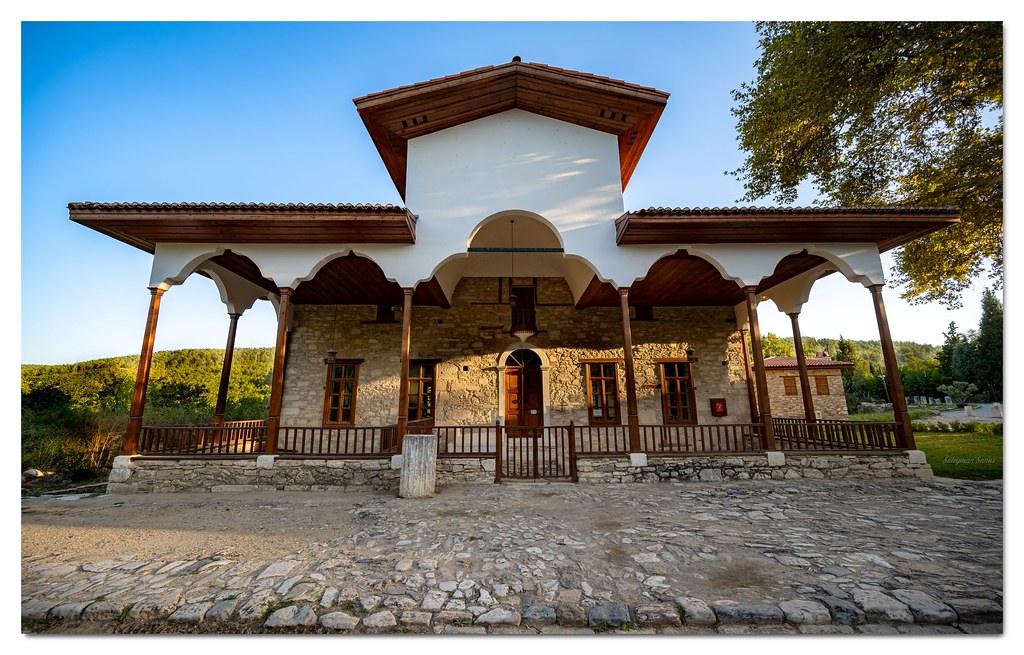Muğla’s timeless charm and cultural richness owe much to the legacy of the Menteşe Beyliği, a powerful Turkmen dynasty that shaped the region’s history, architecture, and identity. From its rise in the 13th century to its enduring influence today, the story of Menteşe Beyliği offers a fascinating glimpse into Turkey’s medieval past.
A Dynasty Born from Strength and Vision 🌿
The Menteşe Beyliği was established in 1261 following the weakening of the Seljuk Sultanate of Rum. Named after its founder, Menteşe Bey, the dynasty controlled a vast region stretching from Muğla to the Mediterranean coast, encompassing modern-day Fethiye, Marmaris, and Milas.
Strategically located between Anatolia and Mediterranean trade routes, the Menteşe rulers thrived as maritime leaders, blending Turkish traditions with Byzantine and Anatolian influences. This fusion created a cultural legacy that still defines the region’s character today.

The Architectural Heritage of Menteşe Beyliği 🕌
Stone Craftsmanship and Ottoman Influence
One of the most enduring contributions of the Menteşe Beyliği is its architecture—a testament to the dynasty’s focus on artistry and durability.
- Mosques and Madrasas: The Firuz Bey Mosque in Milas and İlyas Bey Mosque in Balat stand as architectural marvels, showcasing Seljuk and early Ottoman influences with ornate stone carvings and elegant domes.
- Caravanserais and Bathhouses: These structures reflect the dynasty’s commitment to supporting trade routes and travelers, cementing Muğla’s role as a center of commerce.
- Village Design: Villages like Gevenez embody the Ottoman charm preserved through stone houses, arched doorways, and cobblestone streets.

A Legacy of Trade and Maritime Power ⚓
The Menteşe rulers established strong trade networks, leveraging their maritime expertise to connect Anatolia with Europe and North Africa. Ports along the Aegean coast became hubs for commerce and cultural exchange, drawing merchants, scholars, and artisans from across the world.
This international influence helped shape Muğla’s identity as a melting pot of cultures, leaving behind artifacts, traditions, and architectural styles that tell stories of both local pride and global connections.
Cultural Legacy – Traditions That Endure 🌾
While the Menteşe Beyliği was eventually absorbed into the Ottoman Empire in the 15th century, its cultural impact lives on:
- Art and Textiles: Local artists, like Hasan, continue to preserve and reinterpret Muğla’s artistic heritage through handcrafted textiles and traditional patterns.
- Music and Folklore: Turkish folk music and dance, celebrated during festivals and ceremonies, trace their roots to Menteşe-era traditions.
- Architecture and Lifestyle: Villages like Gevenez maintain Ottoman-era designs, blending historic beauty with modern living.

Exploring the Menteşe Legacy Today 🏡
Visitors to Muğla can experience this rich history firsthand:
- Gevenez Village: A living museum of Ottoman-era life, with preserved stone houses and traditional crafts. (Explore Gevenez Village)
- Belen Değirmeni: Once a working mill, now an art café, it reflects the region’s artistic revival and serves as a hub for local culture. (Visit Belen Değirmeni)
- Milas and Balat Mosques: Architectural gems that highlight the religious and cultural depth of the region.
Menteşe Beyliği – A Bridge Between Past and Present 🌿
The legacy of the Menteşe Beyliği is more than just monuments and ruins—it’s a living tradition carried forward by the people of Muğla. Through its architecture, craftsmanship, and stories, this dynasty continues to inspire and shape the region’s identity.
Discover the Story for Yourself!
Join our Old & Brew Tour to walk in the footsteps of history, visit Gevenez Village, and experience the art, culture, and flavors of this timeless region.
👉 Book now to explore the legacy of Menteşe Beyliği and enjoy Turkish craft beer along the way! 🍺🏛️


Comments